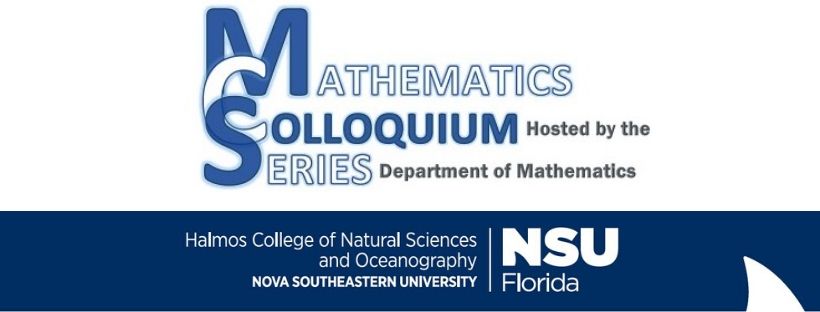Description
The design of lenses and mirrors, in free form i.e. with no a priori symmetry assumption, has a long list of applications including materials processing, energy concentrators, medicine, antennas, computing lithography, laser weapons, optical data storage, imaging etc. The design process can be reduced to solving a generalized Monge-Ampere equation where the unknown is a function with a convexity property and subject to a constraint that a generalized gradient maps a given domain onto a prescribed one. The latter type of constraint is known as second boundary condition. The model one dimensional Monge-Ampere equation is nonlinear in the first order derivatives. We show that, although the discrete problem is nonlinear in the first order derivative, it can be solved with just one iteration. We also illustrate how the second boundary condition is reformulated in terms of the asymptotic cone of a convex extension.
Date of Event
Thursday, November 3, 2022 12:30pm - 1:20pm
Location
Zoom (Check Email for Link)
One iteration for the second boundary condition for the nonlinear one dimensional Monge-Ampere equation
Zoom (Check Email for Link)
The design of lenses and mirrors, in free form i.e. with no a priori symmetry assumption, has a long list of applications including materials processing, energy concentrators, medicine, antennas, computing lithography, laser weapons, optical data storage, imaging etc. The design process can be reduced to solving a generalized Monge-Ampere equation where the unknown is a function with a convexity property and subject to a constraint that a generalized gradient maps a given domain onto a prescribed one. The latter type of constraint is known as second boundary condition. The model one dimensional Monge-Ampere equation is nonlinear in the first order derivatives. We show that, although the discrete problem is nonlinear in the first order derivative, it can be solved with just one iteration. We also illustrate how the second boundary condition is reformulated in terms of the asymptotic cone of a convex extension.




Presenter Bio
Dr. Gerard Awanou is a Professor of Mathematics at the University of Illinois, Chicago (UIC). He received his Ph.D from the University of Georgia in 2003. He then spent two years as a Postdoctoral Associate at the Institute of Mathematics and its Application, University of Minnesota. He served seven years at Northern Illinois University before joining UIC in 2012. In 2009, Dr. Awanou was awarded a Sloan Fellowship. His primary research interests are Numerical Analysis and Partial Differential Equations.